Checking ventilation at school: norms and procedures for checking the effectiveness of air exchange
Many parents hear children's complaints about stuffiness in the classroom, headache during the lessons. The reason for the lethargy of students, lack of interest in the subject may be not only the complexity of the presentation of the material, but also the lack of oxygen. Ensuring effective air exchange is important for maintaining children's immunity, as well as for high brain activity. The psychological comfort of the child during training depends on him.
Timely verification of ventilation in the school will help determine the correctness of the system, the compliance of the indoor air with the standards established by law. And who should conduct it and how often - that’s what we’ll talk about in our article.
The content of the article:
The effect of air exchange on learning outcomes
It is scientifically confirmed that with enough fresh air, students are less sick, are more active in the classroom, and better remember new material. And with a lack of oxygen, they feel drowsiness, depression, irritability.
Since children spend up to 80% of their time on working days in classrooms, it is important to create comfortable conditions for staying at school, ensuring effective air exchange.
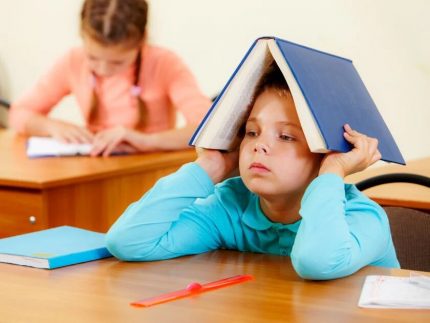
The legislation establishes the frequency of inspection of the school’s ventilation system, but the annual audit is not able to provide control over the efficiency of air exchange in changing conditions, for example, when the temperature of the air outside the window changes, after the start of the heating season.
The oxygen supply rate may decrease if the following factors are present:
- old school building equipped with inefficient ventilation system;
- plastic windows without windowswhich provide tightness, do not pass air from the street;
- outdated ventilation system or its complete absence.
Writing off the lethargy of the child by the weather or the time of the year, do not forget about the sufficient amount of oxygen that must enter the body. If the ventilation system does not cope with its functions, it is important to ventilate the room during a break or raise the question of the possibility of equipping windows supply valves.
The main tasks of ventilation at school
To ensure efficient air exchange, decay products must be dynamically replaced with fresh air without decreasing room temperature. Opened windows are not able to cope with a similar task in the winter. Hot children, going into ventilated audiences, will catch a cold.
School should provide comfort during training, be safe. Exhaust air is often accessed through the corridor and doors. This option is considered a one-time fence, since the amount of exhaust air corresponds to the volume of incoming.
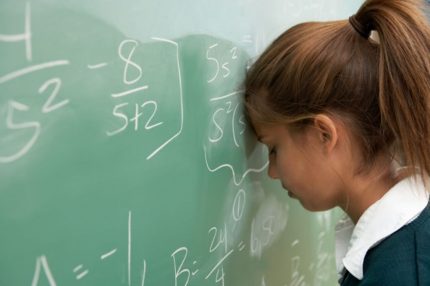
In accordance with the requirements of sanitary rules, air exchange in normal classes is allowed using natural ventilation. To classrooms of physics, chemistry, workshops, gyms are higher requirements.
Air exchange rates in classrooms
When checking the ventilation system in the school, the efficiency of air exchange, regulated SNiPom 41-01-2003, SNiPom II-65-73.
The main criteria by which ventilation performance is evaluated include:
- Air quality - A sufficient amount of purified air masses with a low carbon dioxide content will allow teachers, students to concentrate on the learning process.
- Air exchange rate - since the students do not move much during training, the prompt replacement of decay products with clean air will allow them to feel good.
- Noise level - ventilation should not only provide effective air exchange, but also not create a lot of noise during operation.
A feature of schools and other educational institutions is the availability of classrooms with various purposes. Classes for training, chemistry rooms, gyms, teaching rooms, a catering unit have individual air exchange rates.
In addition to different purposes, during the training process, the rooms differ in occupancy, therefore, to comply with the recommended standards, efforts are required to ensure constant monitoring of the technical condition of the system.

To check the ventilation system, determine its effectiveness, indicators of the Sanitary Rules are taken as a basis:
- air exchange rates for classrooms, laboratories - at least 16 cubic meters per hour heated air (per student), for gyms - 80 cubic meters per hour per person;
- temperature condition in classes should lie in the range - 18 - 22 ° C;
- carbon dioxide concentration must not exceed 800 - 1,000 ppm;
- noise limitcreated by ventilation should not exceed 110 dB.
In laboratory rooms, air is polluted not only in the course of human life, but also with harmful substances that are formed as a result of chemical reactions. Therefore, laboratories should be equipped with forced systems, and the air from them must be removed through a special ventilation cabinet.
The bathroom should also be provided with additional air volume, which, in accordance with sanitary requirements, should be:
- 25 cubic meters per hour for each urinal;
- 50 cubic meters per hour for each toilet.
Air is supplied under the ceiling in rooms of standard height, and in sports halls - at a height of at least 2 meters from the floor. Compliance will help to avoid drafts.
Ventilation Check Features
Determining the efficiency of the ventilation system is carried out by accredited organizations using high-tech equipment. After the audit is completed, calculations are carried out on the basis of which an expert opinion is made.
The survey compares the results with regulatory requirements. Moreover, not only the efficiency of air exchange is estimated, but also its multiplicity.
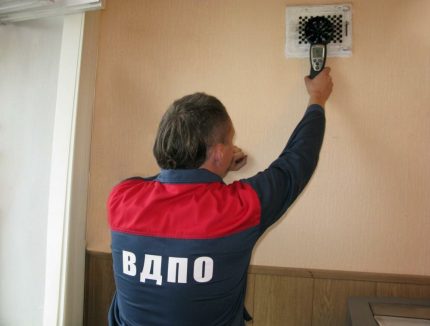

If deviations are detected during the verification process, professionals provide recommendations for debugging the system. Rostechnadzor is checking documentation. If deficiencies are found, the administration of the educational institution is expected to be fined.
The frequency, timing of inspections, as well as standards, are established by sanitary standards:
- the use of a ventilation system is allowed after commissioning, obtaining technical data sheets;
- SanPin regulates the frequency of inspection at least once a year or upon delivery of an object, as well as in schools, the ventilation system is checked before the start of the school year;
- natural, general exchange networks are checked at least every 3 years.
The above standards are relevant for ventilation, which works correctly.
When commissioning has not been carried out or has been carried out incorrectly, ventilation systems often work with reduced efficiency.
Conclusions and useful video on the topic
The school is a rather complex object, its features are important to consider when arranging ventilation. Five helpful suggestions suggested by professionals in the video will help ensure effective air exchange and a healthy atmosphere in classrooms:
When the organization of air exchange is carried out correctly, there will be no problems with ventilation checks at school. However, not every educational institution has the ability to upgrade the system. Many structures are decades old and require a lot of money to upgrade equipment.
If you have a positive experience solving the problem, share it in the comments. Also below this publication you can ask questions to our experts and other visitors to the site on the topic of the article, ask for advice or express your opinion.

 Frequency rate of air exchange in office premises: norms and rules for the organization of proper air exchange
Frequency rate of air exchange in office premises: norms and rules for the organization of proper air exchange  Features and frequency of checking the effectiveness of ventilation systems
Features and frequency of checking the effectiveness of ventilation systems 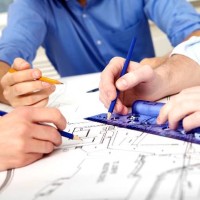 Air exchange rates per person for various premises
Air exchange rates per person for various premises 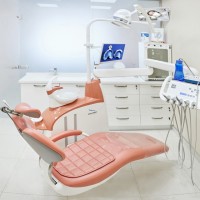 Air exchange in dentistry: norms and subtleties of arranging ventilation in a dental office
Air exchange in dentistry: norms and subtleties of arranging ventilation in a dental office  Norms of air exchange rate in various rooms + calculation examples
Norms of air exchange rate in various rooms + calculation examples 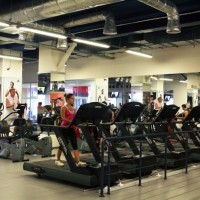 The rate of air exchange in the gym: the rules for arranging ventilation in the gym
The rate of air exchange in the gym: the rules for arranging ventilation in the gym  How much does it cost to connect gas to a private house: the price of organizing gas supply
How much does it cost to connect gas to a private house: the price of organizing gas supply  The best washing machines with dryer: model rating and customer tips
The best washing machines with dryer: model rating and customer tips  What is the color temperature of light and the nuances of choosing the temperature of the lamps to suit your needs
What is the color temperature of light and the nuances of choosing the temperature of the lamps to suit your needs  Replacement of a geyser in an apartment: replacement paperwork + basic norms and requirements
Replacement of a geyser in an apartment: replacement paperwork + basic norms and requirements